FAO to provide more than 2000 armyworm traps to region
- By Zimpapers Syndication |
- 05 Mar, 2025 |
- 0
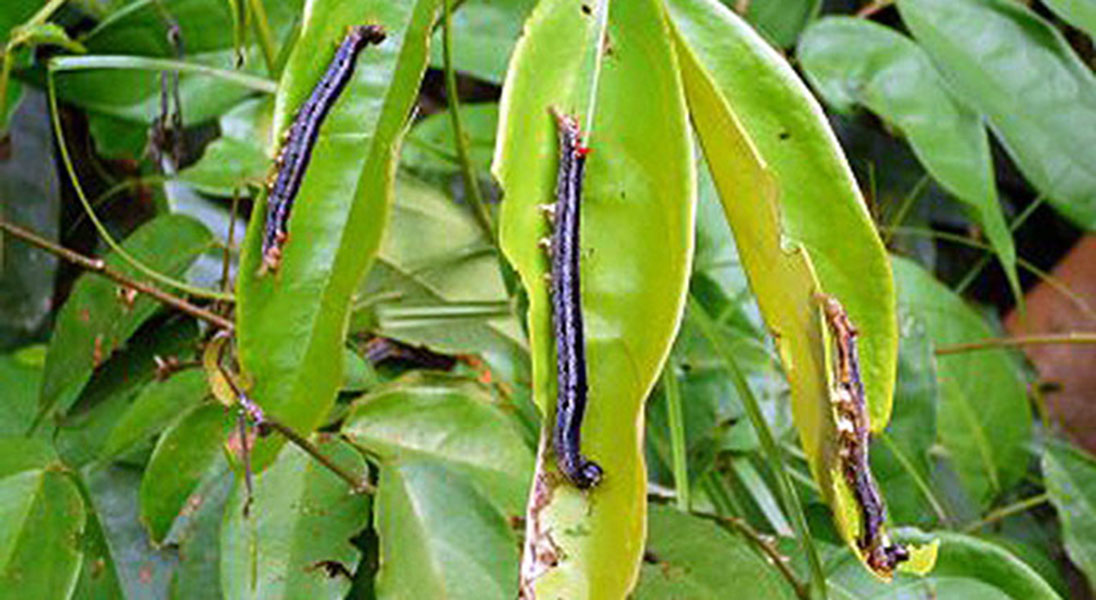
Sifelani Tsiko ---
UN Food and Agriculture Organisation (FAO) says it will provide more than 2000 insect lure traps to southern African countries worst affected by crop - destroying caterpillars commonly known as armyworms that have ravaged hundreds of hectares of maize in the region.
A senior FAO sub regional agronomist, Sina Luchen told Zimpapers Syndication recently that this intervention would help strengthen efforts to fight the infestation of the fall armyworm through surveillance and control.
“As FAO we are going to buy more than 2000 pheromone for all the affected countries in the region,” he said. “We are now doing a needs assessment for all the countries and we will work closely with individual countries, SADC the International Red Locust Control Organisation for Central and Southern Africa (IRLCO - CSA) and other partners.
“As a matter of emergency, this is what we will provide.”
Pheromone insect traps used to capture the fall armyworm, an invasive armyworm that was first detected in West Africa from the Americas in January 2016.
Hundreds of hectares have already been destroyed crops in the hardest hit countries - Zambia, Zimbabwe, Malawi, South Africa, Namibia, Botswana, Mozambique and DRC, at a time when the region was emerging from one of the worst droughts in 5o years last year.
The infestation of fall armyworms, led to the destruction of more than 63 000 hectares of maize in southeastern Democratic Republic of Congo since last December.
This is reported to have caused local maize prices to triple.
Plant experts now fear that the armyworm could reach tropical Asia and the Mediterranean in the next few years.
“This (pheromone insect trap) is a monitoring tool for this emerging pest,” said Luchen. “We need to understand its (fall armyworm) behaviour and dynamics. This is part of strengthening the region’s early warning systems. It’s critical for the pest surveillance of the fall armyworm.”
Plants experts say pheromone traps use species - specific chemicals to attract insect pests.
The pheromones are chemical signals emitted by the female of the species to attract a mate, therefore pheromone traps only catch males.
They are best deployed to signal the arrival of influxes in moths into a region.
Pheromone traps have an advantage over light traps in that they only collect the species of interest.
Experts say light traps on the other hand attract a large number of species and sorting through collections can be extremely time consuming and requires a high ability in identifying insects.
One plant expert told Zimpapers Syndication that the effectiveness of pheromone traps depends on correct placement.
“In order to detect changes in pest abundance locally, the traps need to be placed in the field before the pest becomes active or immigration events occur,” he said.
“Field workers must be alert to recommendations for placement in the field, that is, height, proximity to the crop, influence of full moon, rain, temperature and so on.”
The FAO sub regional agronomist said Lesotho and Swaziland were also on high alert after the voracious caterpillar was reported in all of South Africa’s nine provinces.
“The important thing is to understand the pest and devise measures to contain it,” said Luchen. “It’s a difficult pest to control. We need to take adequate measures as a region to fight the fall armyworm and keep it in check.”
Other experts say it is extremely difficult to stop the fall armyworm from spreading because of globalisation of trade which has seen goods and pests infiltrating into other regions.
They suspect that the fall armyworm could infested the southern African region after the importation of a large bulk maize from the Americas last year when the region was ravaged by the worst drought in living memory.
Experts suspect that they could have come in as an egg mass or as a pupa and too small and difficult to be noticed.
Interest in pheromone mass trapping has increased because traps can be species - specific, which reduces the impact on non-target species and because pheromones are active at very low concentrations and do not need to be sprayed directly onto a crop, which is safer for the environment than chemical insecticides.
This, experts say, gives a sustainable pest control strategy that can be integrated with the biologically-based programmes increasingly used
Experts say the fall armyworm has potential to cause a serious food security problem throughout much east, central and southern Africa.
Ken Wilson, a professor of ecology at Lancaster University in Britain, told plant and livestock disease experts recently that 10 African countries were affected by the fall armyworm infestation damaging some 124 000ha of crop land between 2016 and February 2017.
He cited IRLCO – CSA, USAID and the media as sources of the data.
Apart from SADC countries, others affected included Nigeria, Benin, Togo, São Tomé and Princípe.
In Zambia, the armyworm is reported to have affected 124 000 hectares of maize in that country while in Malawi more than 17 000 hectares of the maize crop was hit by an outbreak of the voracious armyworms. Outbreaks have also been reported in the volatile Buzi and Gorongoza regions in Mozambique.
In Namibia, approximately 50 000 hectares of maize and millet has been damaged and in Zimbabwe up to 130 000 hectares was affected in the current cropping season.
Most countries in Southern Africa were expecting a bumper crop owing largely to good rains received across the region.
South Africa is expected to have a maize surplus this season after a deficit last year when 7,5 million tonnes of maize was produced against a national demand of 10,5 million tonnes.
However, industry sources say the fall armyworm is unlikely to affect cereal output by a wide margin. They say it will only reduce the size of the expected surplus.
Zimbabwe has put some 479 000 hectares under maize under the Command Agriculture scheme surpassing a government target of 400 000 hectares.
Prospects of good yields and improved food security at both household and national levels look bright.
However, threats of outbreaks of diseases and pests, floods and poor access to critical farm inputs, have put a damper on the prospects.
Zimbabwean agronomists say about 1,2 million hectares have been planted with maize in the 2016/17 cropping season.
Government officials say it is too early to predict the output this season even some agronomist say the country could produce about 2 million tonnes, about 200 000 tonnes over a national requirement of 1,8 million tonnes a year.
In the 2015/16 period, Zimbabwe only managed to produce 511000 tonnes of the staple. The balance was imported.
Plant experts say in order to combat the spread of the armyworm, the government requires to strengthen monitoring and surveillance including eliciting the support of Community - Based Armyworm Forecasting (CBAF) units in various parts of the country.
They say early detection is key to sound management of the pest.
According to a 1997 study by plant and crop experts, infestation during the mid to late whorl stage of maize development caused yield losses of up to between 15 -73 percent when 55 percent of the plants were infested with the fall armyworm.
A staggering US$1,1 trillion worth of agricultural products are traded internationally each year, with food accounting for more than 80 per cent of the total, according to a 2015 FAO report.
Plant and crop experts say failure to monitor the spread of plant pests and diseases can have disastrous consequences on agricultural production and food security for millions of poor farmers.
They say preventions are the first line of defense against plant pests and diseases.
This, they further say, has also proven the most cost effective ways.
FAO estimates that between 20 and 40 percent of global crop yields are reduced each year due to the damage wrought by plant pests and diseases. -Zimpapers Syndication
No Comments



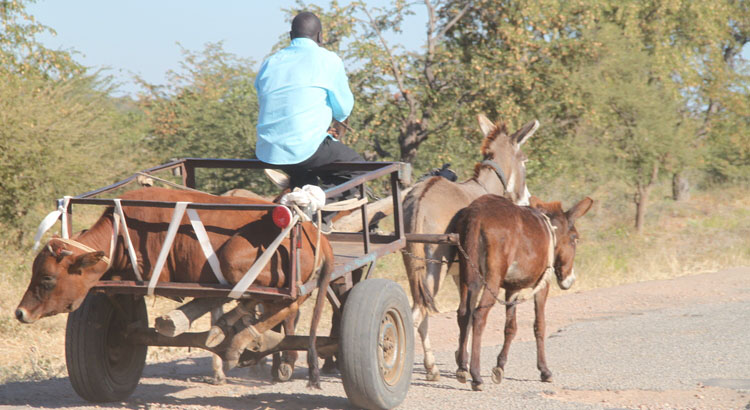


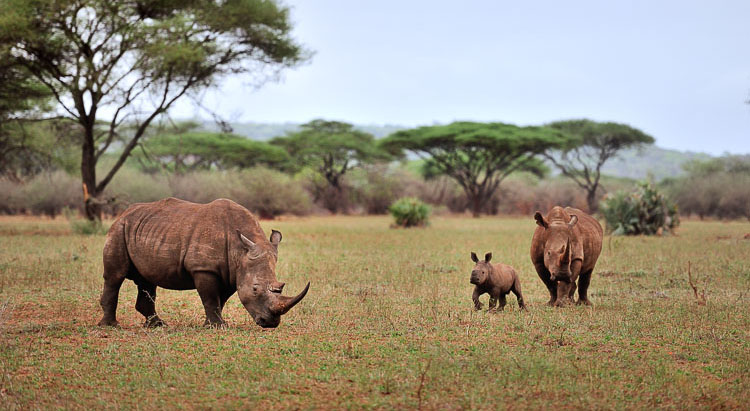


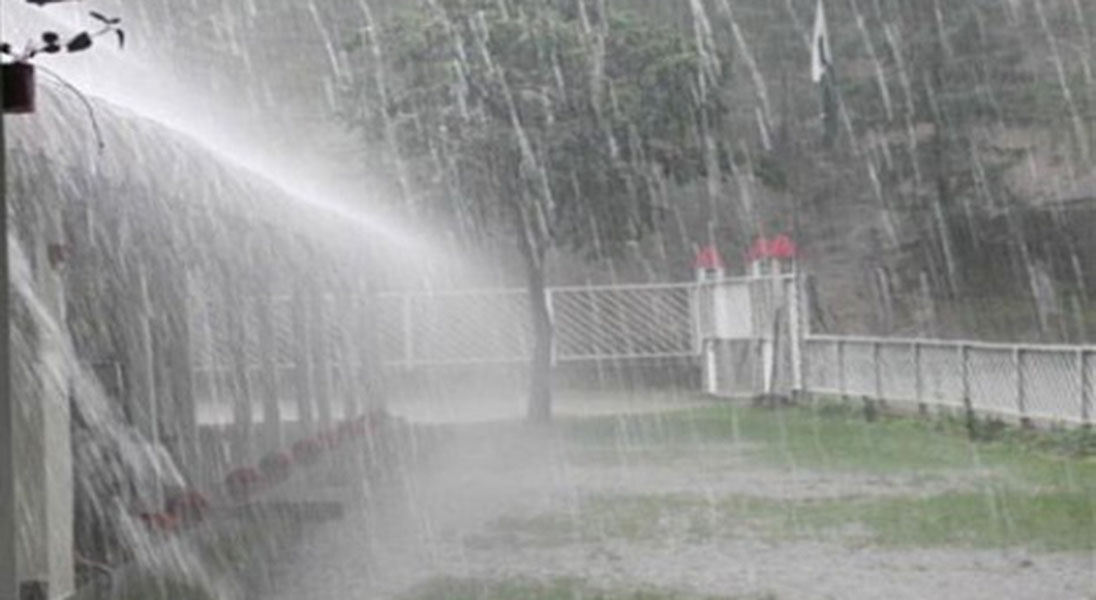


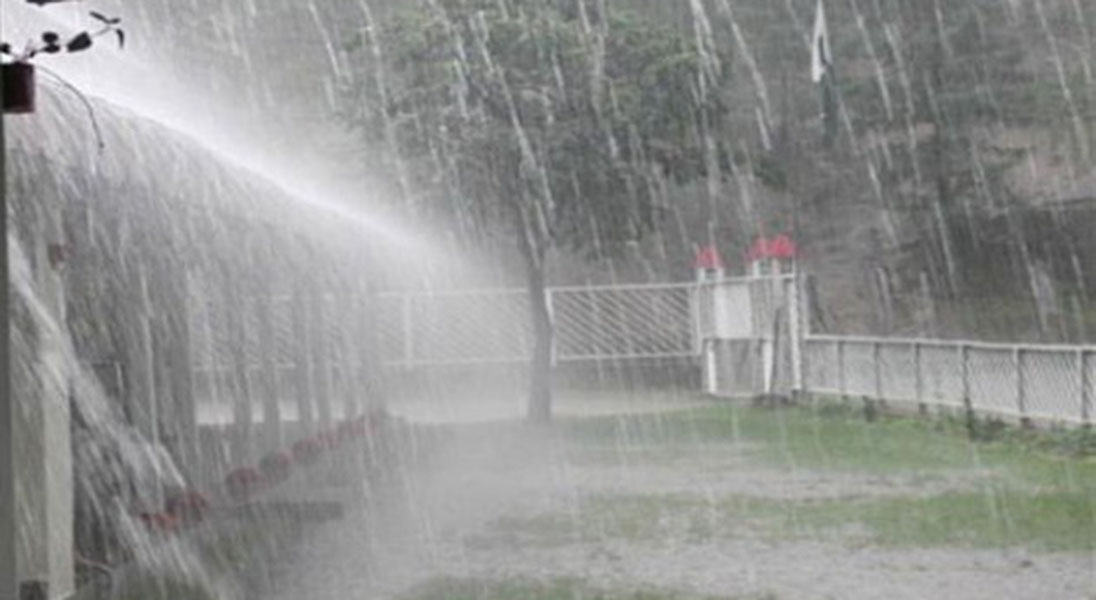
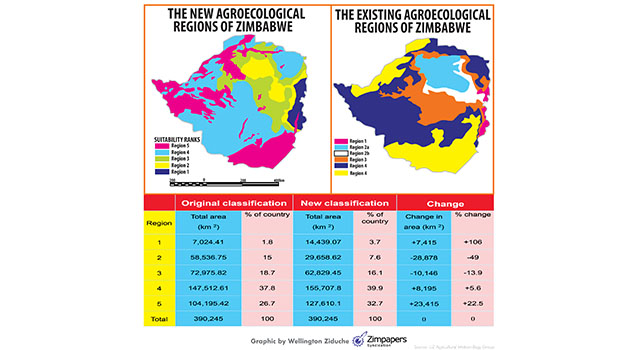
Comment